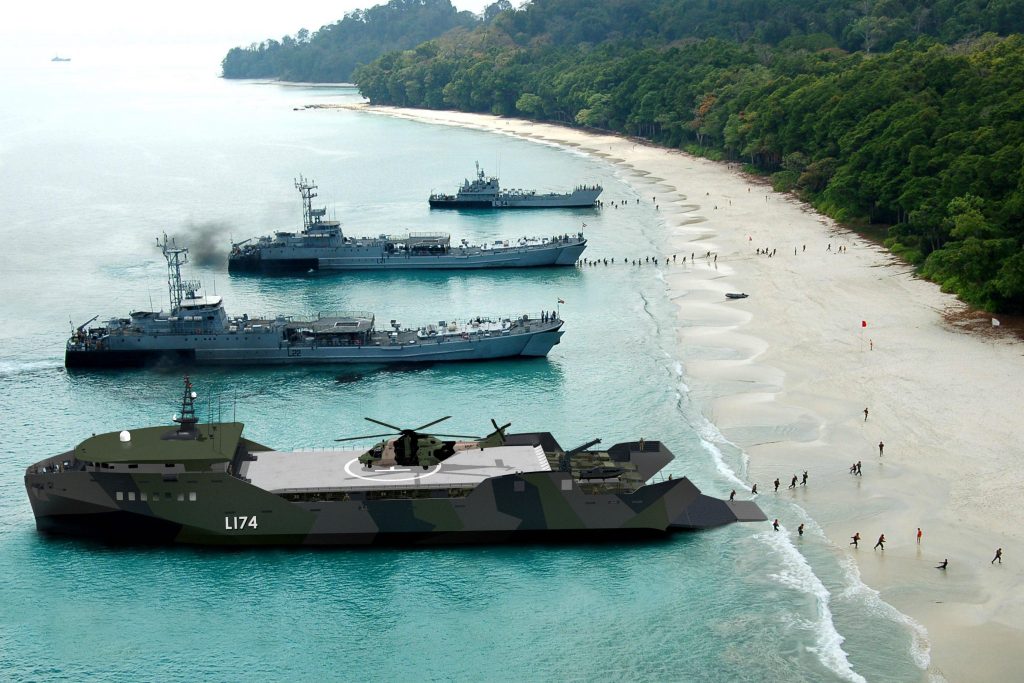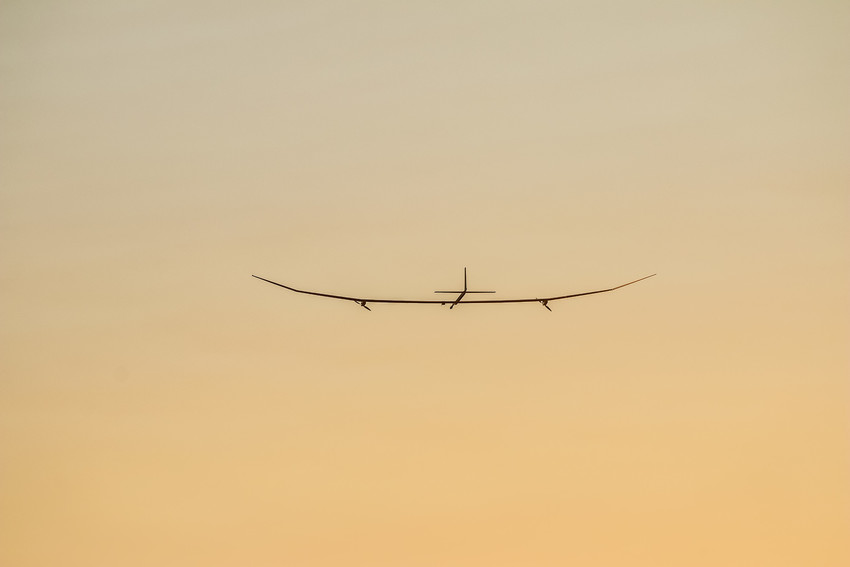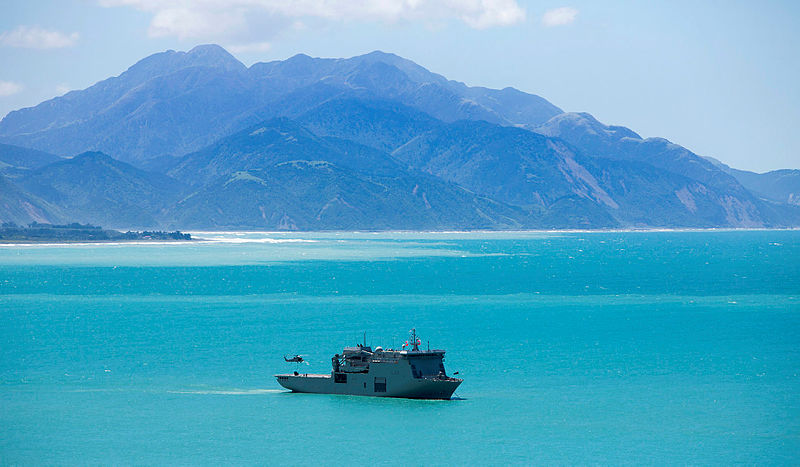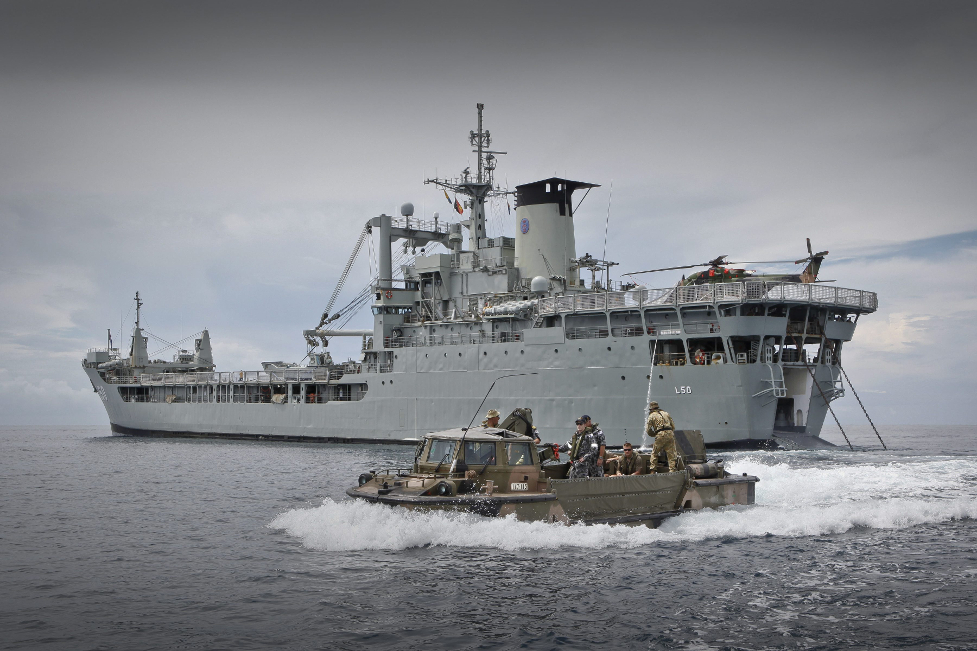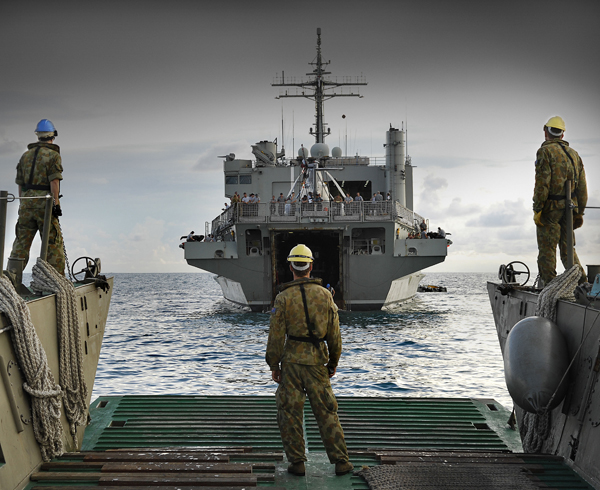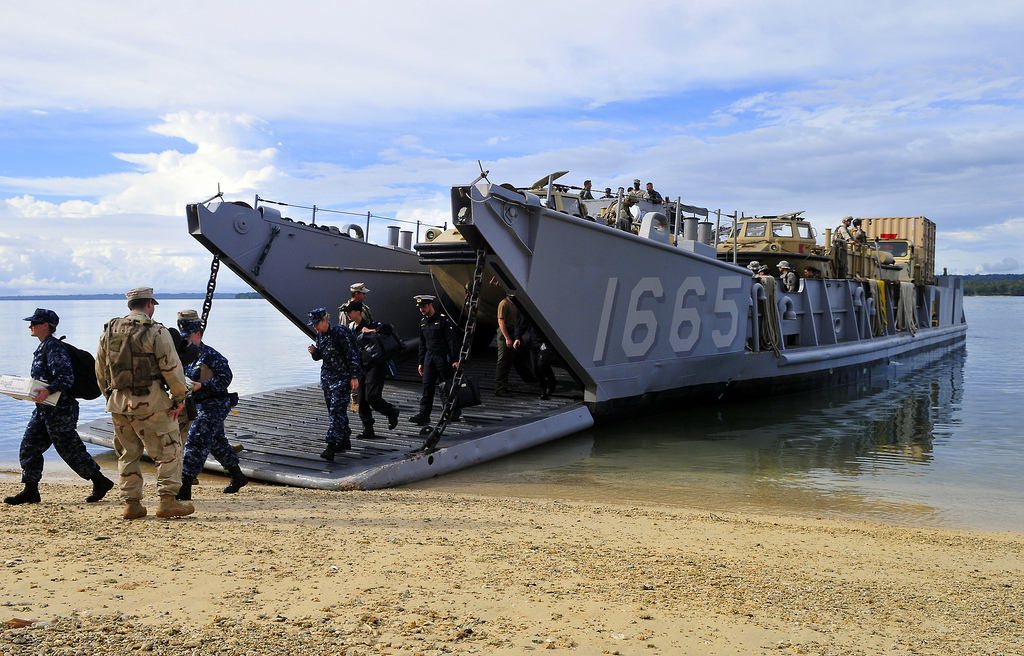Bookshelf: the evolution and future of amphibious warfare

2027 may still not be the year of war it’s been prophesised as, but we only have two years left to prepare. Regardless, any war this decade in the Indo-Pacific will be fought with the equipment already in hand. The most impactful thing we can do now is educate the minds of those who will be called upon to fight in it.
The second volume of On Contested Shores, on the history and future of amphibious operations, arrived last year early enough to make such an impact. Edited by Timothy Heck, Brett Friedman and Walker Mills, this work builds off the goals of the previous volume: broadening the knowledge of amphibious operations beyond just such famous landings as Gallipoli or Normandy. The editors and chapter authors cover a breadth of both time and geography and also cover the various forms of amphibious operations and dive deeper into critical, but often overlooked, aspects to each.
The structure is an improvement on the previous volume, organised this time by themes instead of chronologically. It is also more readable than the first collection, which on occasion drifted into the familiar problem of historians writing for historians. This volume is aimed squarely at operational units, with professional military students also in mind. The thematic focus helps the reader and enables the strongest chapters to hit harder. Some chapters offer long-winded prose, but most of the work is focused on educating marines, sailors, soldiers and airmen.
Perhaps one of the most important themes in the book is the repeated insistence that logistics matters. As Walker Mills argues in his chapter, ‘logistics in the Pacific define what is possible’. Both his and Christopher Menking’s chapters remind us that while the movie reels focus on the rifles and raising the flag, wars are fights of logistics. The fact we now hear the phrase ‘contested logistics’ bandied about so frequently suggests just how lazy and comfortable we have become. Perhaps this is why the United States Marine Corps (USMC), accustomed to scraps and doing more with less, seems further ahead than the other services in recognising the problem.
Anyone who has struggled against the military acquisitions process will recognise echoes in Jerry Strahan’s chapter on the ordeal of developing the Higgins landing boat and Douglas Nash’s chapter discussing how the alligator tracked vehicles were first married up with the landing ship tank. Both chapters illustrate the challenges in turning good ideas into a real platform, but also the innovation and doggedness with which designers and commanders have always met these obstacles.
The First Island Chain, an archipelago of reefs and jungles which runs through Japan to Indonesia, can be notoriously brutal. But Lance Blyth’s chapter on polar operations comes with the stark reminder that the chain extends well into the high north, where specialised training and equipment are critical to success. In a similar vein, Evan Ota’s chapter reminds us that the residents of the Indo-Pacific are unmatched sources of intelligence and support. As China continues to expand its influence in areas once thought of almost as Western protectorates, it is an overdue reminder that ‘… the cooperation of local security forces on key terrain yielded a decisive advantage for the Allies in the early and uncertain days of the [Pacific] war.’
And perhaps most critically, the volume corrects the oversight of its predecessor with chapters on China. Xiaobing Li provides a focused account on how the Chinese armed forces retook some of Taiwan’s islands in the mid-20th century. Edward Salo, meanwhile, details how the Chinese navy’s marines are equipped and structured, highlighting similarities with and differences from the USMC. We should remember, however, that the Chinese army would carry most of the load in an invasion of Taiwan.
Premature claims of the end of large-scale amphibious operations are cited in both volumes of On Contested Shores. Flag officers and statesmen alike have repeatedly dismissed them as too costly, and yet marines, armies and naval infantry continue to be called upon to fight ashore from the sea. This is because regardless of how bloody amphibious operations have and will always be, they are a military necessity.
One of the more enjoyable moments in my career came years ago when, as a major, I got to correct a deputy commander at then Pacific Command. He was expounding on the nature of operations in the region when he misspoke, ‘You have to remember, 70 percent of Asia is water’.
‘Actually, sir, 100 percent of Asia is land,’ I said.
He didn’t enjoy being corrected, but the fact remains: planes have to land and ships have to port somewhere. People live on the land, and politicians will continue to call upon their militaries to fight to protect or to dominate them there. And so, the latest work edited by Heck, Friedman and Mills is a welcome addition to the study of anyone who needs to prepare to execute amphibious operations.

